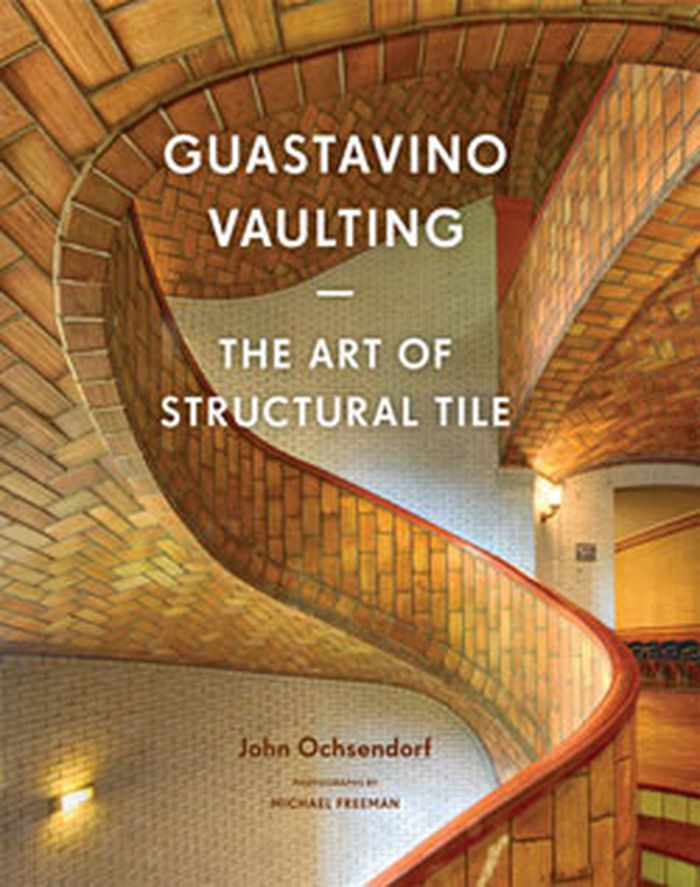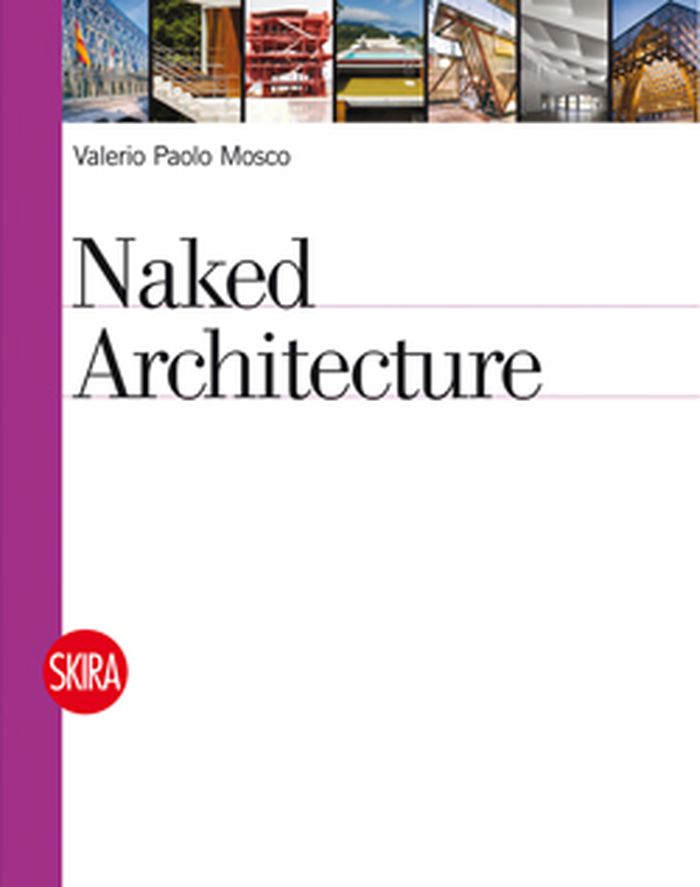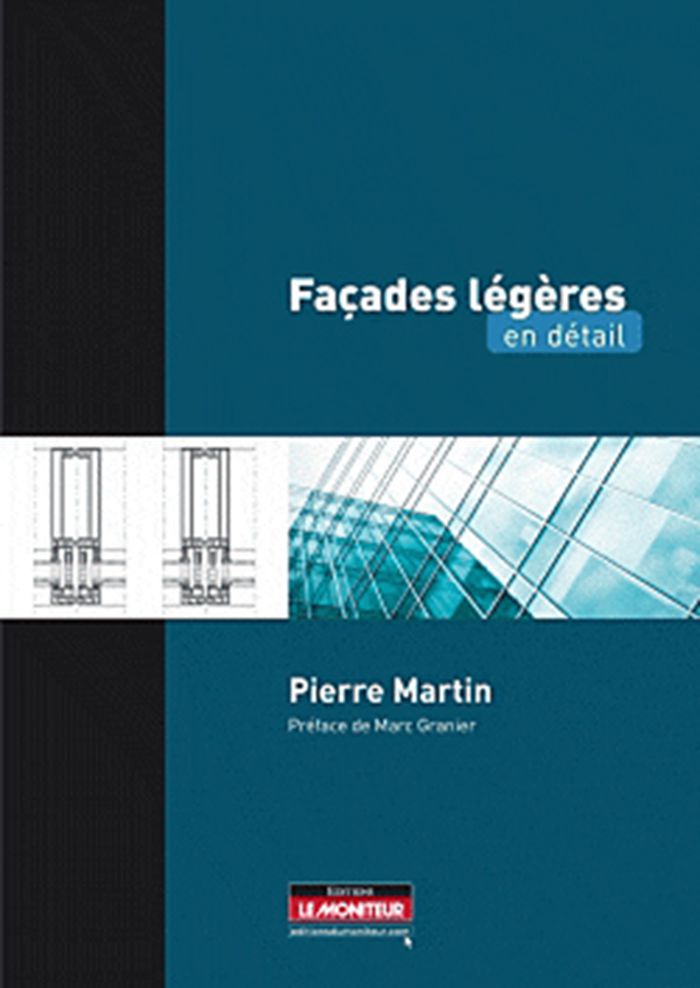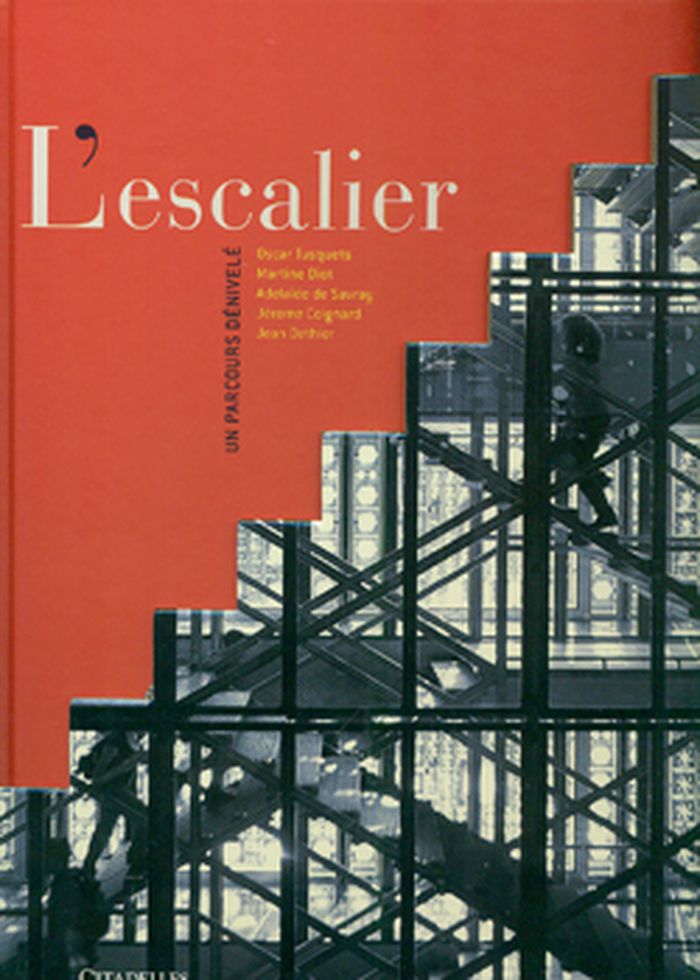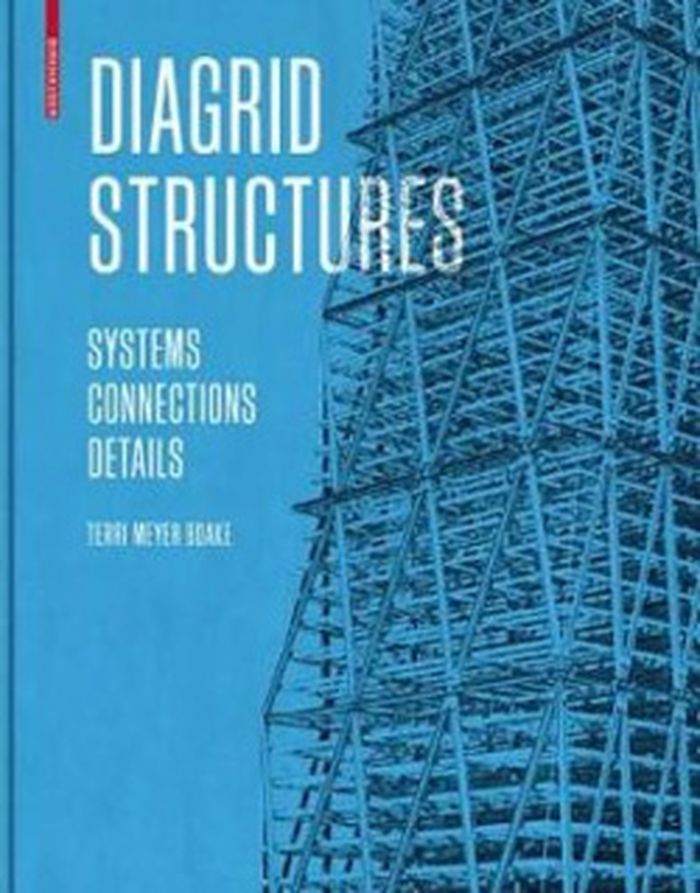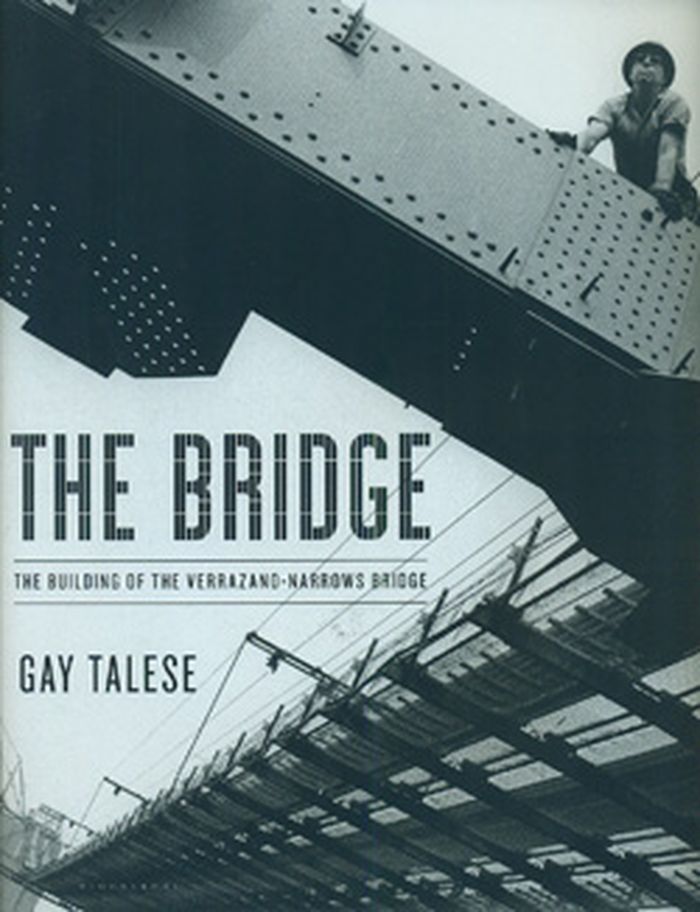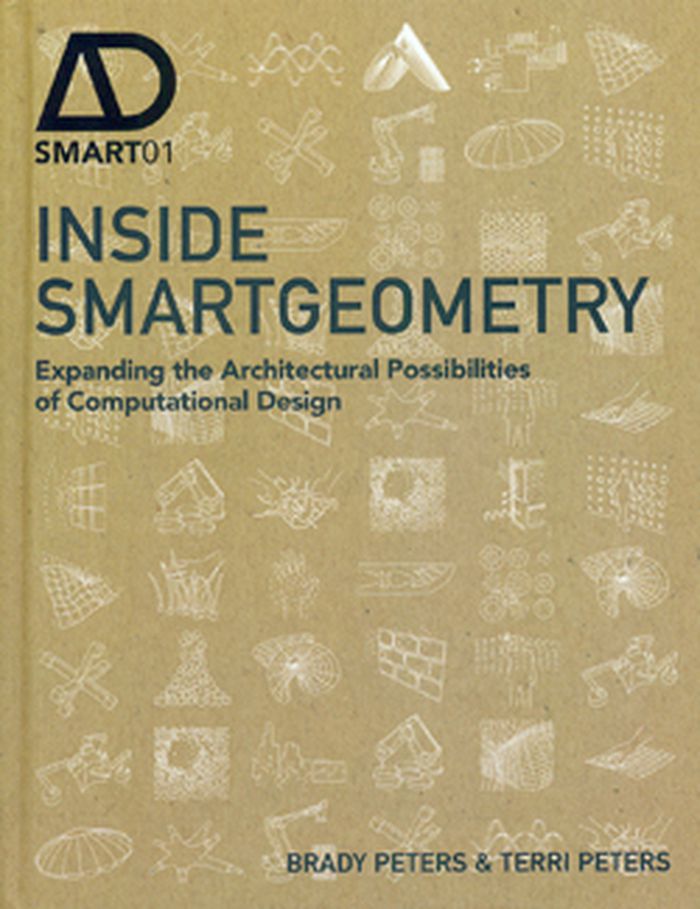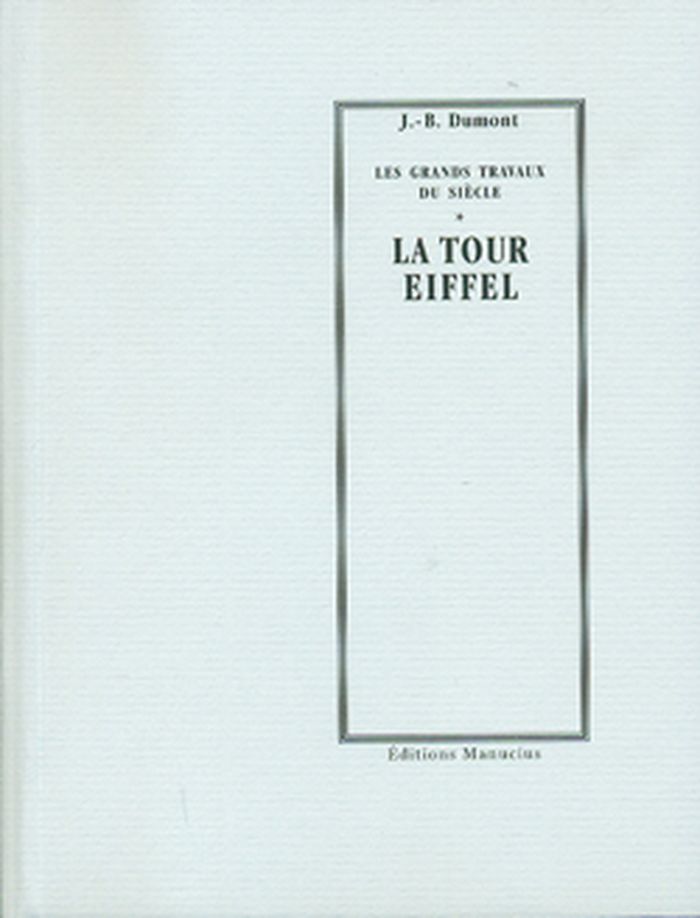$70.00
(disponible sur commande)
Résumé:
Since the time of ancient Rome, architects, engineers, and builders have struggled with the problem of building domed ceilings over large spaces. No one was more skilled at this than the Rafael Guastavino family, a father and son team of Spanish immigrants who oversaw the construction of thousands of spectacular thin-tile vaults across the United States between the 1880s(...)
Guastavino Vaulting: The art of structural tile
Actions:
Prix:
$70.00
(disponible sur commande)
Résumé:
Since the time of ancient Rome, architects, engineers, and builders have struggled with the problem of building domed ceilings over large spaces. No one was more skilled at this than the Rafael Guastavino family, a father and son team of Spanish immigrants who oversaw the construction of thousands of spectacular thin-tile vaults across the United States between the 1880s and the 1950s. These versatile, strong, and fireproof vaults were built by Guastavino in more than two hundred major buildings in Manhattan, and in hundreds more across the country, including Grand Central Terminal, Carnegie Hall, and many major university buildings. Because the Guastavinos served only as contractors on these projects, their firm's accomplishments have remained relatively unknown to the public. Guastavino Vaulting traces the development of the remarkable construction technology from its Mediterranean roots to its highest achievements in the United States. This long overdue first monograph features archival images, drawings, and beautiful new color photography showcasing the most incredible Guastavino vaulted spaces.
Structures d’ingénierie
Naked architecture
$51.00
(disponible sur commande)
Résumé:
An account of one of the most interesting phenomena of contemporary architecture: the return to the structure. Over the last ten years architecture would seem to have rediscovered engineering. Now that the post modern period has passed—in which the structure of buildings was camouflaged by coverings of every kind—architecture today seems to have undressed, almost as(...)
Naked architecture
Actions:
Prix:
$51.00
(disponible sur commande)
Résumé:
An account of one of the most interesting phenomena of contemporary architecture: the return to the structure. Over the last ten years architecture would seem to have rediscovered engineering. Now that the post modern period has passed—in which the structure of buildings was camouflaged by coverings of every kind—architecture today seems to have undressed, almost as though wishing to show how it is made. The rediscovery in recent years of plastic form has brought about a closer relationship between architects and engineers. To this we must add the rise of new issues, such as that of environmental engineering, which has changed from being solely a technical and aesthetic practice into a movement in environmentally conscious architecture. If there is a phenomenon today that is able to hold together the various expressions of contemporary architecture, it is this return to the structure and the methods with which it is realized. Through its six thematic categories, this book provides an account of one of the most interesting phenomena of contemporary construction—the laying bare of architecture.
Structures d’ingénierie
Façades légères en détail
$75.95
(disponible sur commande)
Résumé:
Cet ouvrage dresse un panorama complet des multiples composants et de la mise en œuvre des façades légères. Il étudie leurs performances, ainsi que leur entretien et leur maintenance, afin d’éviter usure et vieillissement prématuré.
Façades légères en détail
Actions:
Prix:
$75.95
(disponible sur commande)
Résumé:
Cet ouvrage dresse un panorama complet des multiples composants et de la mise en œuvre des façades légères. Il étudie leurs performances, ainsi que leur entretien et leur maintenance, afin d’éviter usure et vieillissement prématuré.
Structures d’ingénierie
$58.95
(disponible sur commande)
Résumé:
This book provides an overview of current trends in pedestrian bridge construction.
Pedestrian bridges : ramps, walkways, structures
Actions:
Prix:
$58.95
(disponible sur commande)
Résumé:
This book provides an overview of current trends in pedestrian bridge construction.
Structures d’ingénierie
$129.95
(disponible sur commande)
Résumé:
Chefs-d'oeuvre de la Renaissance, classiques envolées ou délires baroques des XVIIe et XVIIIe siècles, grandioses escaliers d'apparat du XIXe siècle, fastes de l'Art nouveau, sensualité du Modernisme catalan, froids escaliers du Bauhaus, escaliers high-tech, créations oniriques urbaines contemporaines, art conceptuel..., les escaliers demeurent l'un des signes(...)
L'escalier, un parcours dénivelé
Actions:
Prix:
$129.95
(disponible sur commande)
Résumé:
Chefs-d'oeuvre de la Renaissance, classiques envolées ou délires baroques des XVIIe et XVIIIe siècles, grandioses escaliers d'apparat du XIXe siècle, fastes de l'Art nouveau, sensualité du Modernisme catalan, froids escaliers du Bauhaus, escaliers high-tech, créations oniriques urbaines contemporaines, art conceptuel..., les escaliers demeurent l'un des signes emblématiques de l'innovation technologique et artistique des temps nouveaux.
Structures d’ingénierie
$61.95
(disponible sur commande)
Résumé:
Diagrids owe their ensuing popularity not only to their stunning aesthetic value, but also to their very tangible benefits: a massive saving of material, a significant gain in open, usable floor area, and increased flexibility. The book looks at contemporary diagrid buildings such as Capital Gate (Abu Dhabi), Guangzhou IFC (China), Bow Encana (Calgary), CCTV (China) and(...)
Diagrid structures: systems, connection, details
Actions:
Prix:
$61.95
(disponible sur commande)
Résumé:
Diagrids owe their ensuing popularity not only to their stunning aesthetic value, but also to their very tangible benefits: a massive saving of material, a significant gain in open, usable floor area, and increased flexibility. The book looks at contemporary diagrid buildings such as Capital Gate (Abu Dhabi), Guangzhou IFC (China), Bow Encana (Calgary), CCTV (China) and the Doha Tower (Qatar) to establish an understanding of the methodology of the design of this innovative type.
Structures d’ingénierie
$124.95
(disponible sur commande)
Résumé:
The Marburg Building System has been one of the earliest, and is probably one of the internationally best known German building systems. Originally developed by Helmut Spieker for a diploma thesis on university construction at the University of Kiel, and modified for the expansion of the University of Karlsruhe, the construction system was for the first time fully(...)
The Marburg building system: open as a matter of principle
Actions:
Prix:
$124.95
(disponible sur commande)
Résumé:
The Marburg Building System has been one of the earliest, and is probably one of the internationally best known German building systems. Originally developed by Helmut Spieker for a diploma thesis on university construction at the University of Kiel, and modified for the expansion of the University of Karlsruhe, the construction system was for the first time fully realized in 1961/1962 on the Marburg Lahn Hills. It marks the beginning of a construction boom doubling the building stock of German universities.This publication aims at bringing the building system back to the attention of experts and fans of good architecture. The topic is all the more up-to-date as the University of Marburg was recently declared a building of historic interest and thus protected by built heritage conservation.
Structures d’ingénierie
$40.00
(disponible sur commande)
Résumé:
Toward the end of 1964, the Verrazano Narrows Bridge-linking the New York City boroughs of Brooklyn and Staten Island-was completed. Fifty years later, it remains an engineering marvel. At 13,700 feet (more than two and a half miles), it is still the longest suspension bridge in the United States and the sixth longest in the world. Gay Talese, then early in his career at(...)
The bridge : the building of the Verrazano-Narrows bridge
Actions:
Prix:
$40.00
(disponible sur commande)
Résumé:
Toward the end of 1964, the Verrazano Narrows Bridge-linking the New York City boroughs of Brooklyn and Staten Island-was completed. Fifty years later, it remains an engineering marvel. At 13,700 feet (more than two and a half miles), it is still the longest suspension bridge in the United States and the sixth longest in the world. Gay Talese, then early in his career at the New York Times, closely followed the construction, and soon after the opening of this marvel of human ingenuity and engineering, he chronicled the human drama of its completion -from the construction workers high on the beams to the backroom dealing that displaced whole neighborhoods to make way for the bridge.
Structures d’ingénierie
$55.00
(disponible sur commande)
Résumé:
Inside Smartgeometry can be seen as a retroactive manifesto for SG, examining and contextualising the work of the SG community : the digital spaces, prototypes and buildings designed using bespoke tools created in response to architectural ideas. From interactive crowd-sourcing tools to responsive agent-based systems to complex digitally fabricated structures, it explores(...)
mars 2013
Inside smartgeometry : expanding the architectural possibilities of computational design
Actions:
Prix:
$55.00
(disponible sur commande)
Résumé:
Inside Smartgeometry can be seen as a retroactive manifesto for SG, examining and contextualising the work of the SG community : the digital spaces, prototypes and buildings designed using bespoke tools created in response to architectural ideas. From interactive crowd-sourcing tools to responsive agent-based systems to complex digitally fabricated structures, it explores more than a decade of advances that have been influential for architecture.
$17.95
(disponible sur commande)
Résumé:
«Le projet hardi de M. Eiffel souleva de nombreuses protestations dans le monde des arts, rencontra de graves objections de la part du monde scientifique et suscita de vives polémiques. Malgré cela, le célèbre novateur poursuivit son œuvre avec confiance, et, aujourd’hui, la tour de 300 mètres, qui dresse sa flèche élancée sur les bords de la Seine, témoigne des succès(...)
Les grands travaux du siècle : la tour Eiffel
Actions:
Prix:
$17.95
(disponible sur commande)
Résumé:
«Le projet hardi de M. Eiffel souleva de nombreuses protestations dans le monde des arts, rencontra de graves objections de la part du monde scientifique et suscita de vives polémiques. Malgré cela, le célèbre novateur poursuivit son œuvre avec confiance, et, aujourd’hui, la tour de 300 mètres, qui dresse sa flèche élancée sur les bords de la Seine, témoigne des succès éclatants de cette entreprise, qui avait été si discutée à ses débuts. Elle a été l’attraction principale de l’Exposition de 1889 et elle constitue encore un des monuments les plus remarquables de l’industrie métallurgique.» J.-B. Dumont,1891
Structures d’ingénierie
